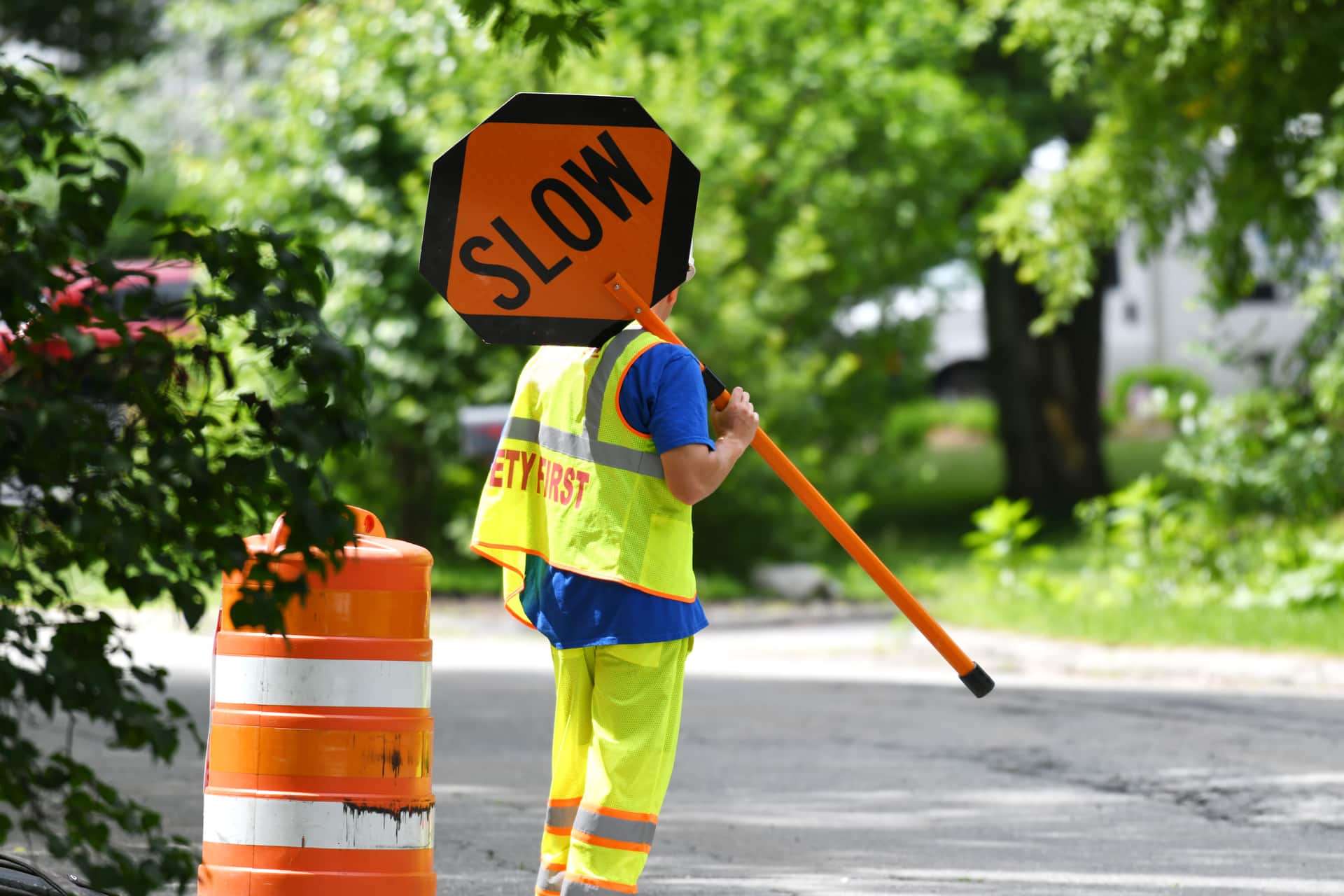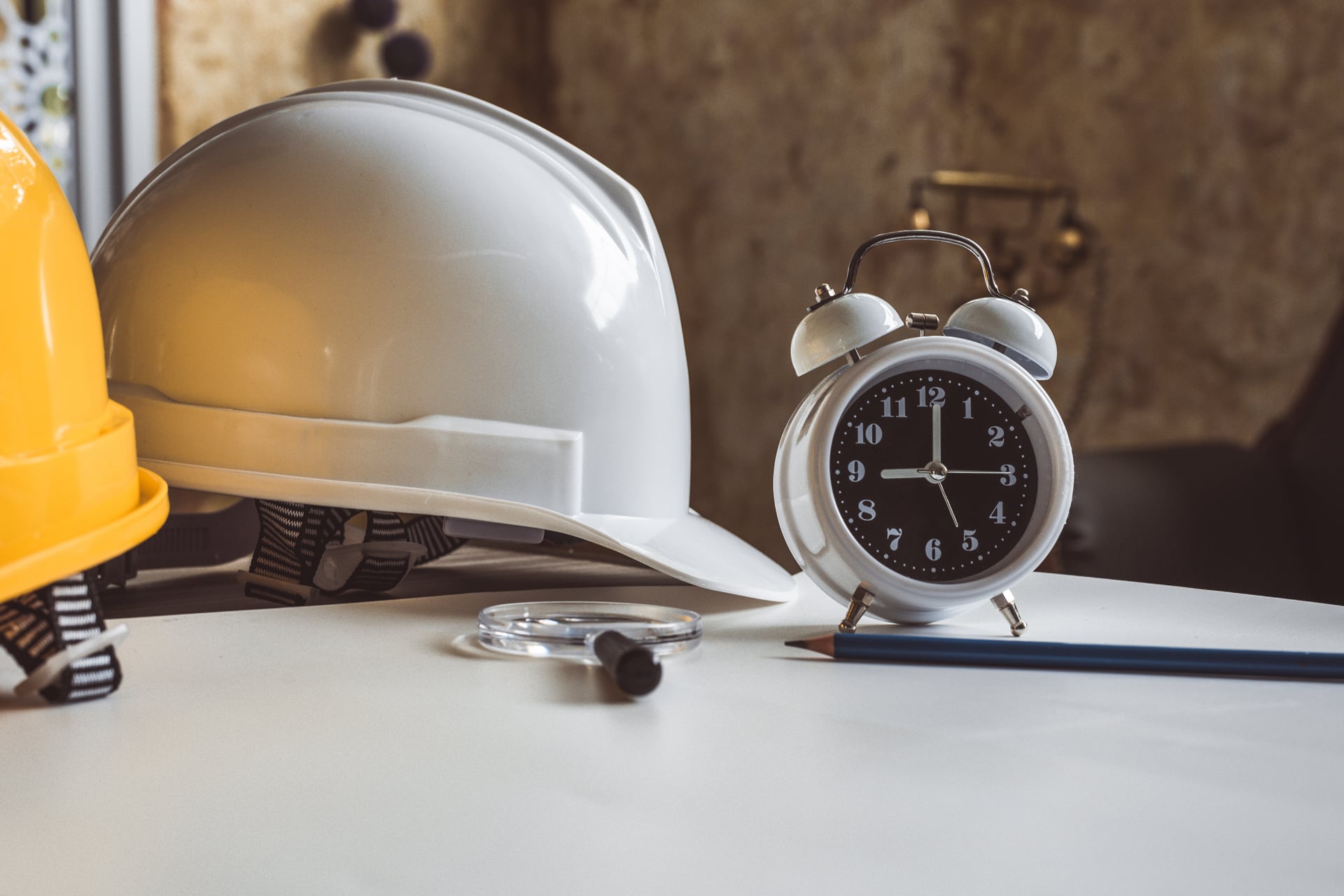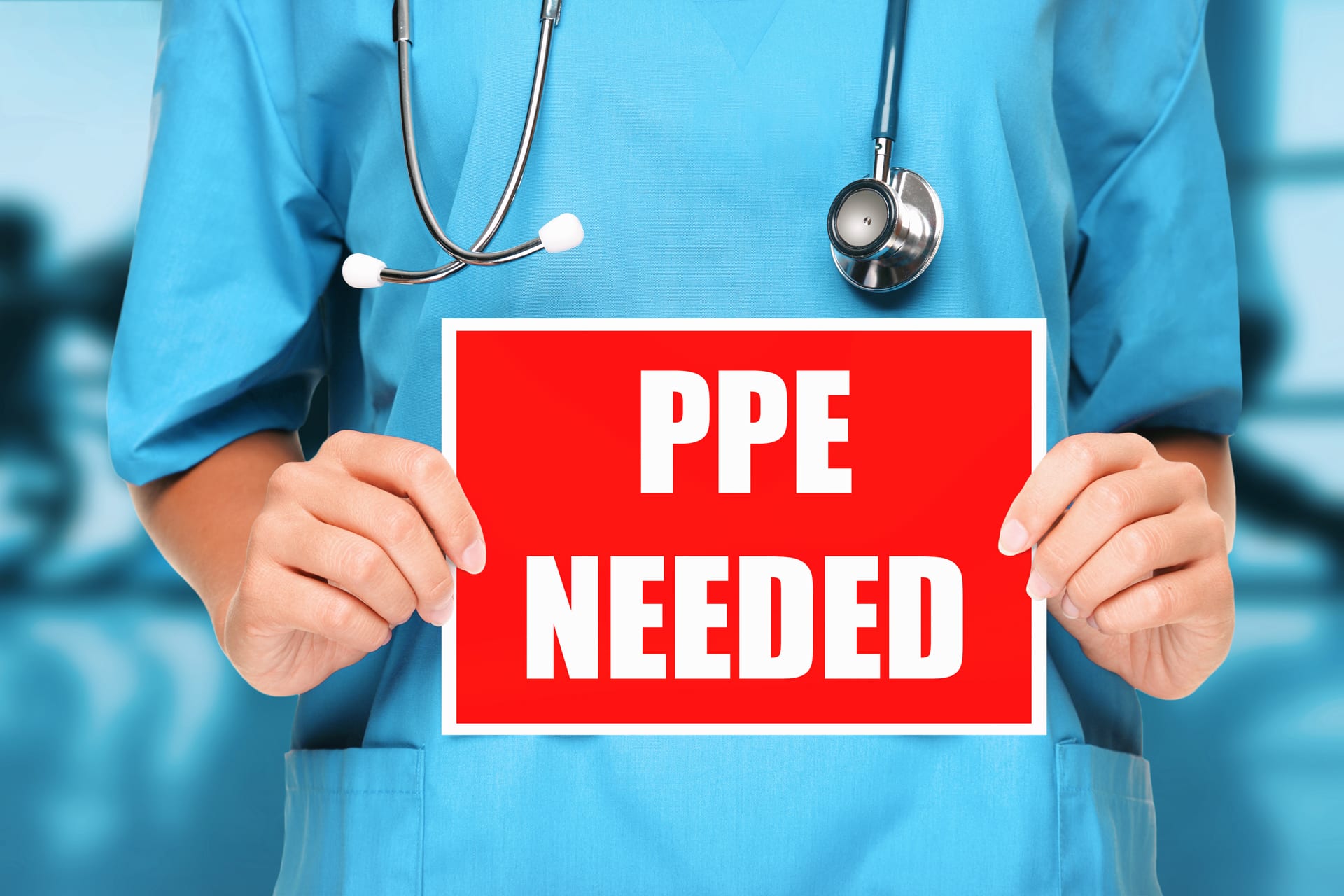If you’re a part of this industry, you know it’s a late cycle business. You work on a backlog, so you never feel an immediate slowdown, and there’s (usually) always a project in the pipelines. But this past spring threw a curveball no one could have anticipated or predicted. Now, we’ve experienced our fair share of economic slowdowns in New York. As an industry, construction crews came together and supported one another in the aftermath of 9/11. You braced yourselves and recovered after the 2008 economic recession. But COVID-19 has created one of the fastest economic slowdowns in history, it feels a lot like we were collectively driving 65 miles per hour down Route 84 and slammed on the breaks without warning. Hopefully, you had your seat belt on because ever since February we’ve all been in for a bumpy ride. Forward procurement hasn’t stopped altogether but it has greatly softened, so while the construction industry is still fairly busy right now, contractor’s backlogs are trending downward.
Sales tax revenue for local governments in New York State dropped 27.1 percent in the second quarter compared to the same period last year, according to State Comptroller Thomas DiNapoli. Sales tax collections from April through June totaled $3.3 billion, which was $1.2 billion less than last year. Regionally, New York City was clearly hit early and hardest by the pandemic and the effects have lingered longest, with more businesses still unable to reopen due to health concerns, and construction projects delayed or halted. New York City’s second quarter decline of 34.9 percent was the result of deepening declines in April (-23 percent), May (-32 percent) and June (-46 percent). Because the federal government postponed the income tax payment due date from April 15 to July 15, that the big bump of tax payments expected in April, which generally represent about 13 to 15 percent of state income taxes, won’t count toward this fiscal year but the following one.
So, with tax revenue down, we can anticipate state and capital spending cuts. Unfortunately, 2021 will likely be a slower year than 2020 for construction projects, and contractors will probably see some softening of activity as early as the fourth quarter, regardless of what part of the state your business is concentrated in. As one of the most dense urban areas in the world and as a revenue powerhouse, the economic health of New York City is often the largest indicator of what the rest of the state can anticipate. Our current concern is that a lack of a larger federal government intervention would lead to New York lagging behind other states in its recovery effort. The MTA needs a $12 billion cash infusion to offset losses due to the coronavirus. If the federal government doesn’t approve aid, massive cuts to staffing and service could be implemented as soon as November. On a local level, we are already feeling project cut backs, with local municipalities being forced to cut back spending because they need to shore up their budgets. As much as we wish we could, our state doesn’t have the ability to print more money: cue the federal government.
What now? We could take a page out of the history books and recreate a domestic program to stimulate the economy on a national scale. You might recall in the 1930’s President Franklin D. Roosevelt enacted The New Deal, a series of programs, public work projects, financial reforms, and regulations to respond to needs for relief, reform, and recovery from the Great Depression. While it’s unlikely that New York would get specific public works project money handed over, a national initiative isn’t out of the question. The New York City region generates 8% of total U.S. GDP. According to an analysis by SUNY’s Rockefeller Institute of Government, New York’s massive economy means the state sends $116 billion more in tax revenues to the federal government than residents receive in benefits and services. Consider also that this is an election year, and whichever candidate becomes president, passing a big infrastructure bill to improve crumbling roadways and bridges across the country would likely gain bipartisan support. While we are optimistic that a big infrastructure deal could get passed, regardless of how the federal government will choose to step in we have to think of this pandemic in terms of a massive natural disaster. The construction industry will feel the aftershock the virus leaves behind even after it recedes. Contractors need to adapt to this reality if they are to survive the storm.
A recent study ranking the worst state infrastructures in the country leaves New York on a rocky road. The study places New York seventh for worst infrastructure in the United States and assigns the state a D grade after putting up a score of 158 out of a possible 400 points. While the number of deficient bridges and roads in poor condition and the cost to update the water system are grim statistics to pour over, this could actually be a saving grace for public works projects over the next three years. Infrastructure issues don’t magically disappear and deterioration does not stop because of an economic slowdown. If the federal government wants to stimulate the economy, it can choose to invest in infrastructure and generate job growth. With interest rates where they are, the New York construction industry represents a prime candidate for a “new deal-esque” stimulus.
We are hopeful that the road we are traveling represents a shorter than historic dip ahead. A massive public works project boost could allow us to reimagine New York’s infrastructure, launch sustainable green technology and position our state for continued future success. We feel optimistic that while 2021 will present its fair share of financial obstacles for New York’s private and public construction projects, 2022 opportunities and growth will rise from the rubble.










